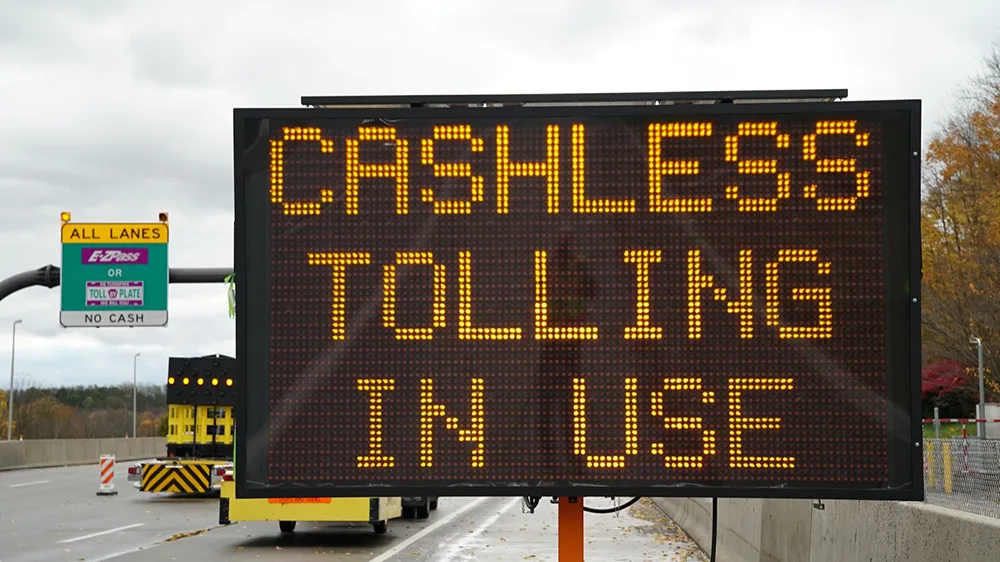TÜV Rheinland’s ITS group has been selected to provide user acceptance testing (UAT) support for the 495 Express Lanes, the new high-occupancy toll (HOT) lanes opening on the Virginia side of the I-495/Capital Beltway at the end of this year. The project is one of the largest transportation endeavours in the US, aiming to ease traffic on one of the country’s most congested corridors and UAT is a key testing component of the project that will involve testing all aspects of the Express Lanes tolling hardware
August 14, 2012
Read time: 2 mins
“Development of express lanes is a growing trend in traffic management solutions,” said Suzanne Murtha, business development manager for TÜV Rheinland. “Virginia has emerged as a national leader in public-private partnership development and advanced transportation planning and management, largely due to the 495 Express Lanes project.”
TÜV Rheinland ITS was selected to join the project by










